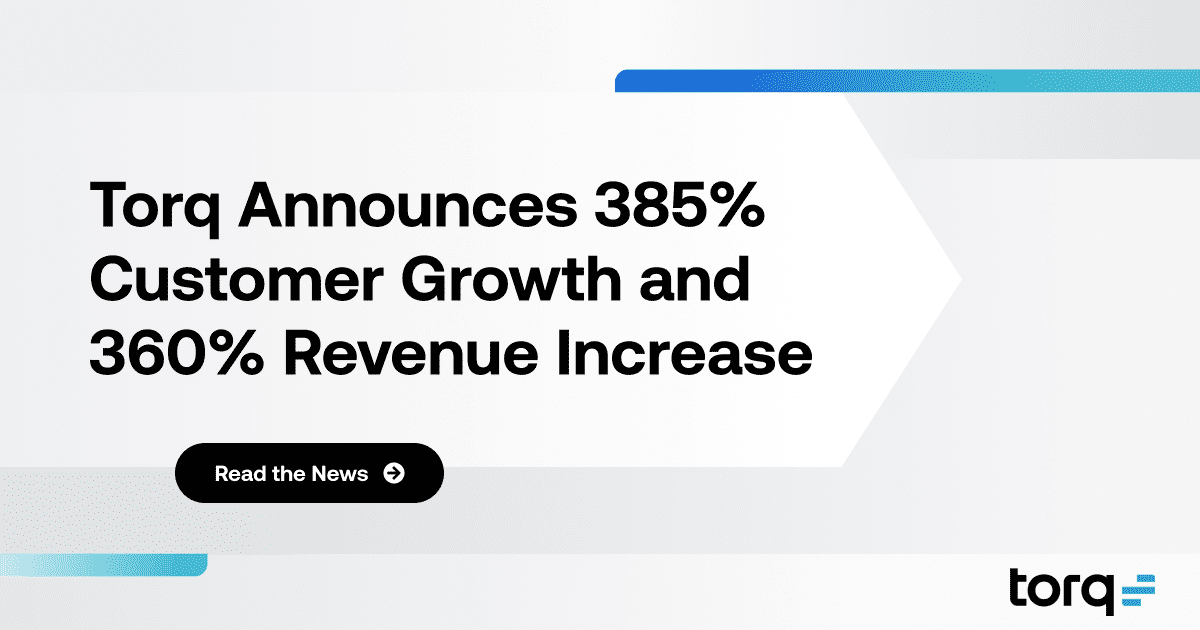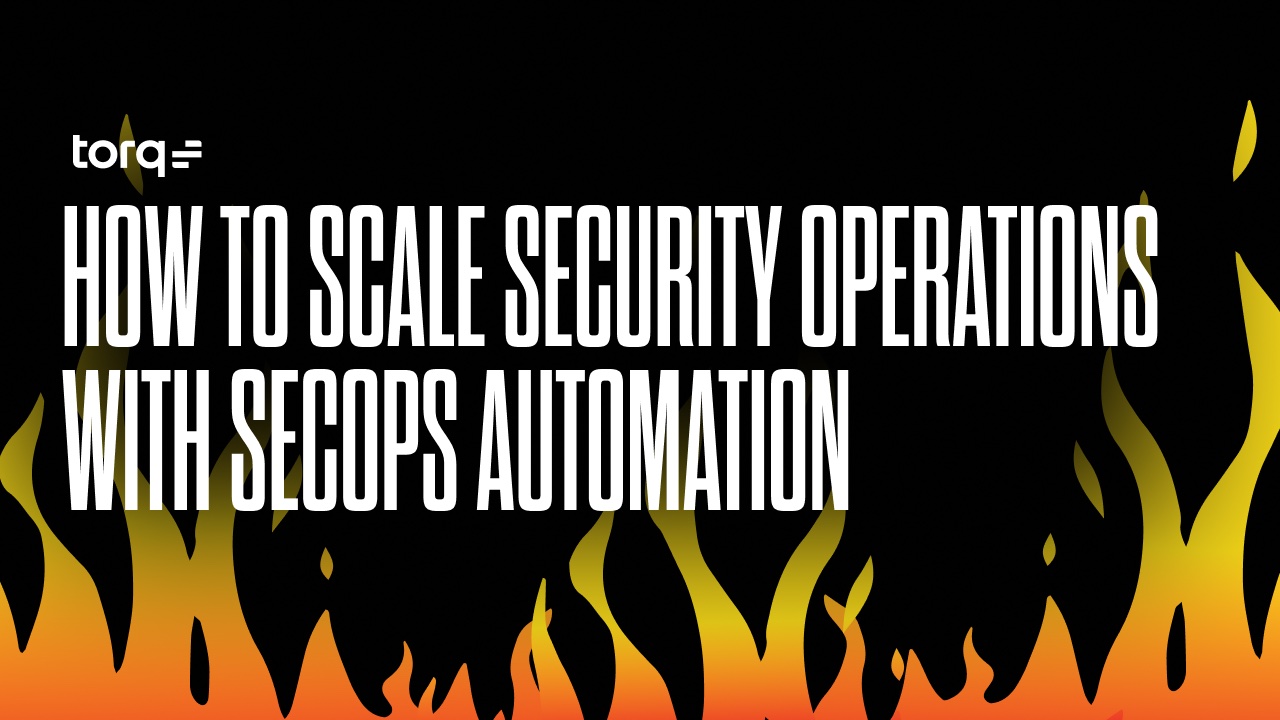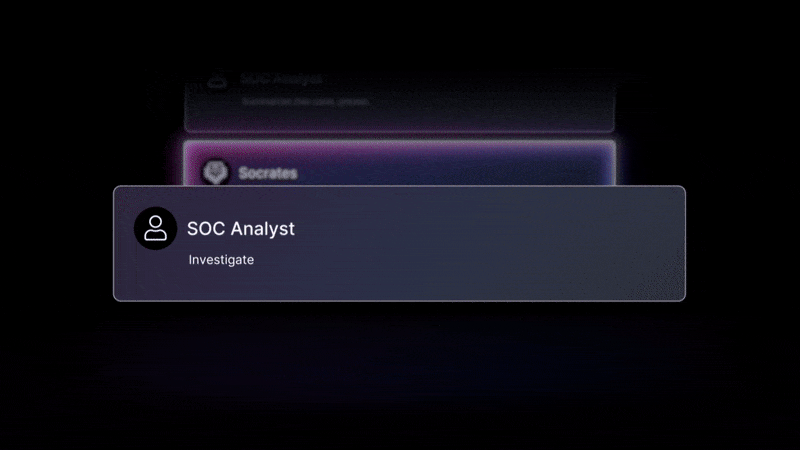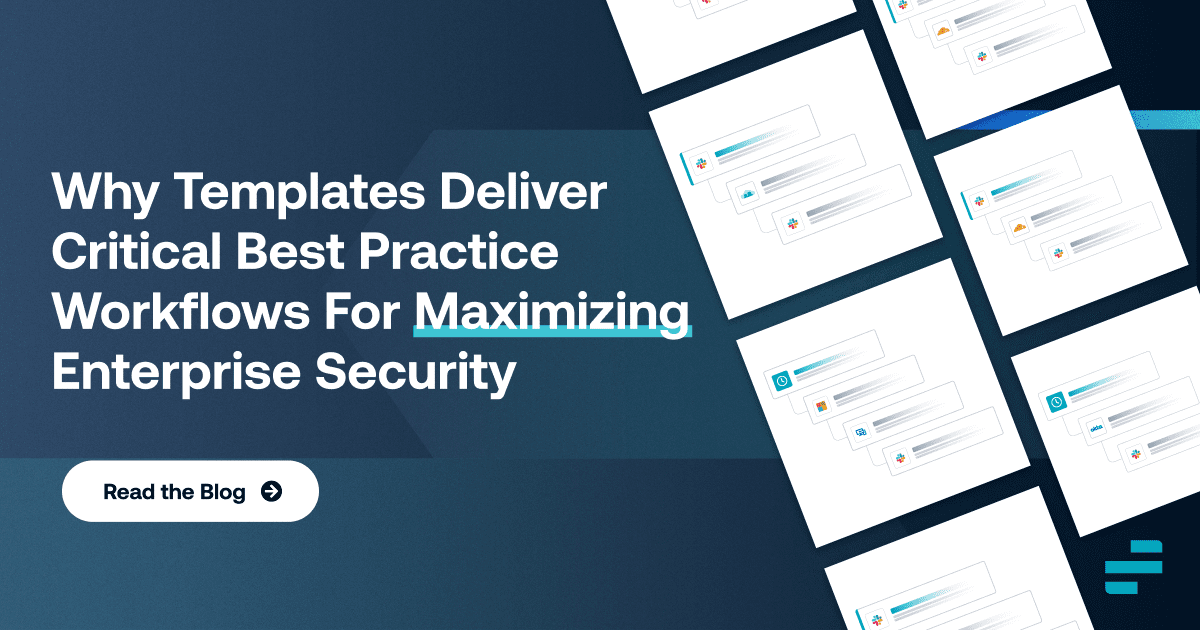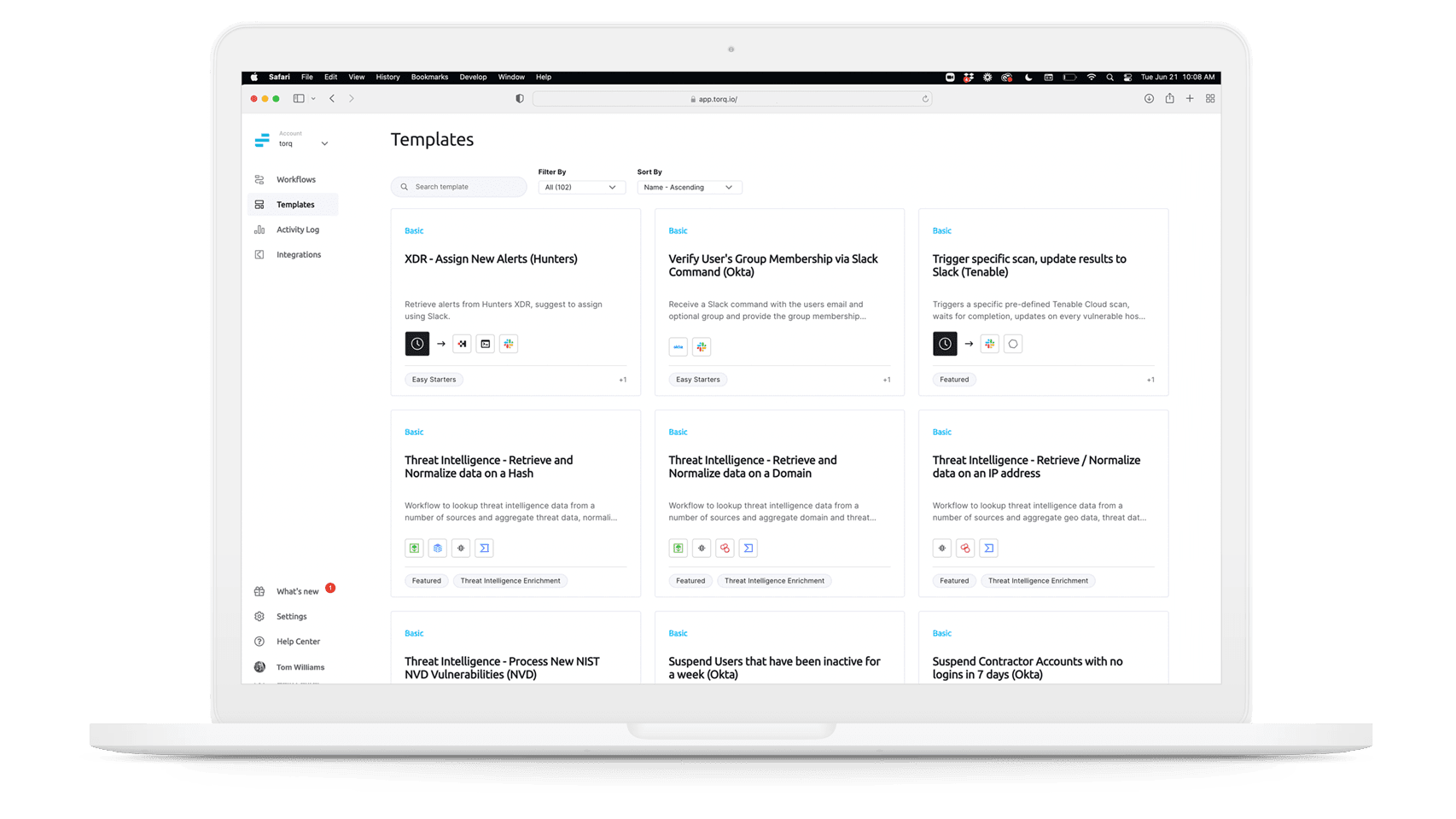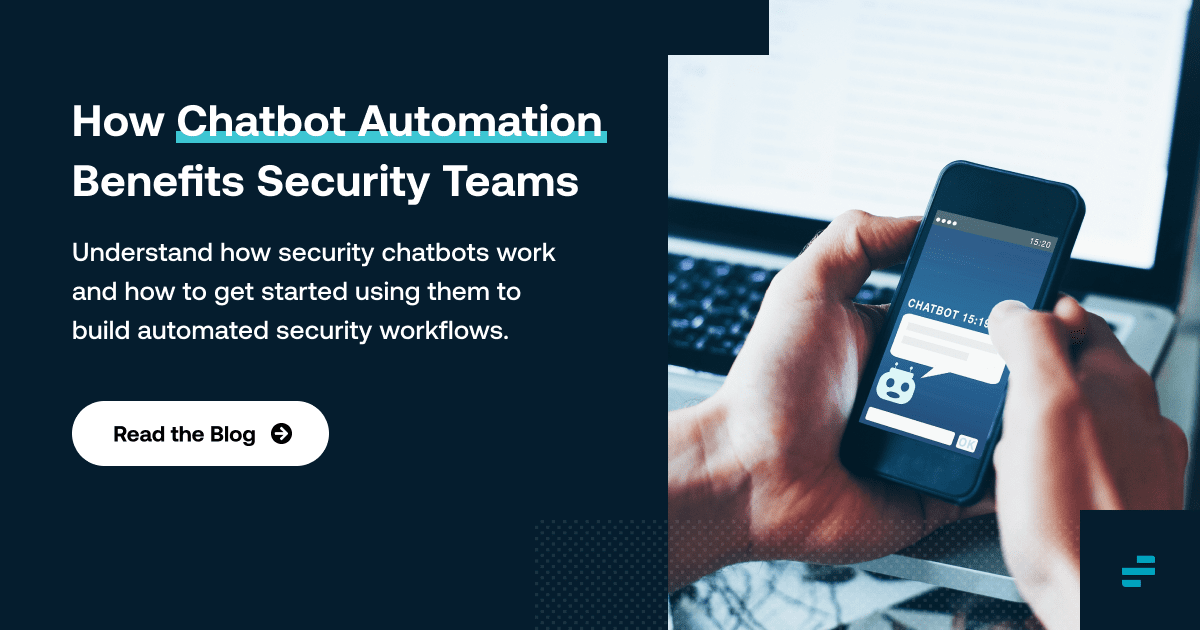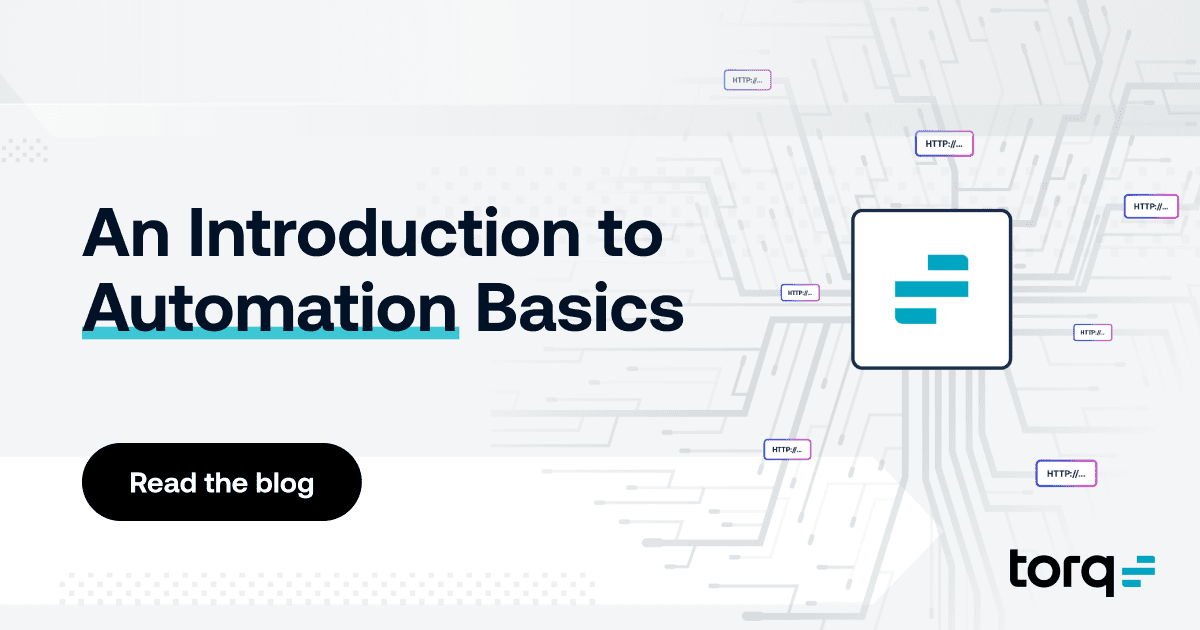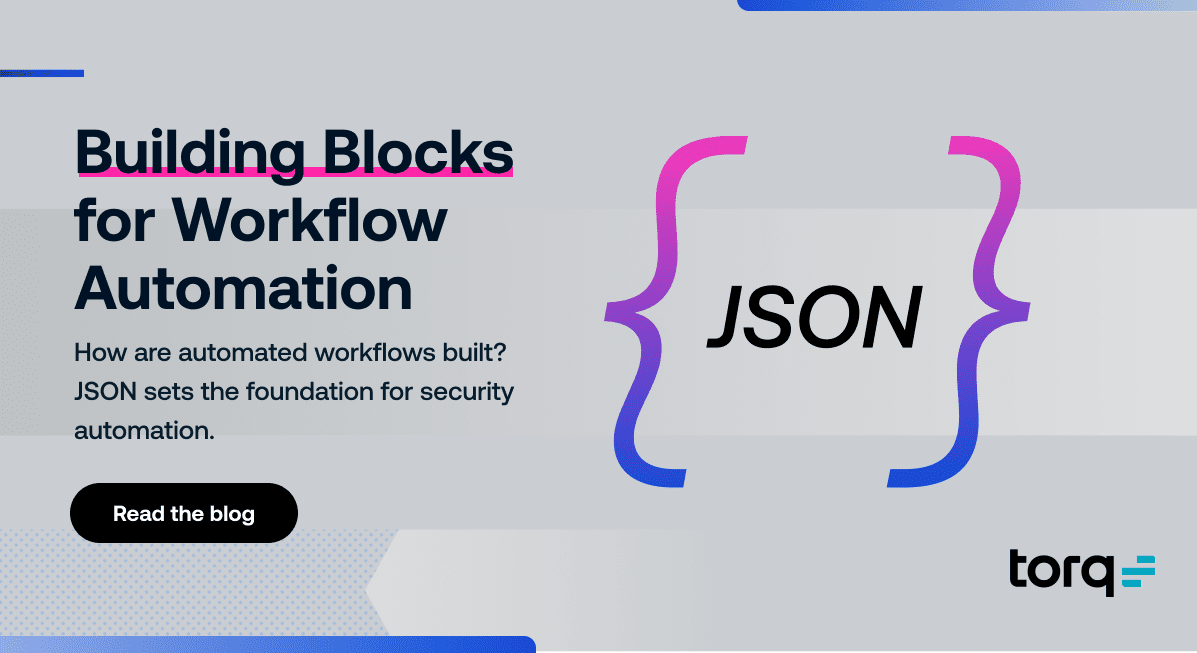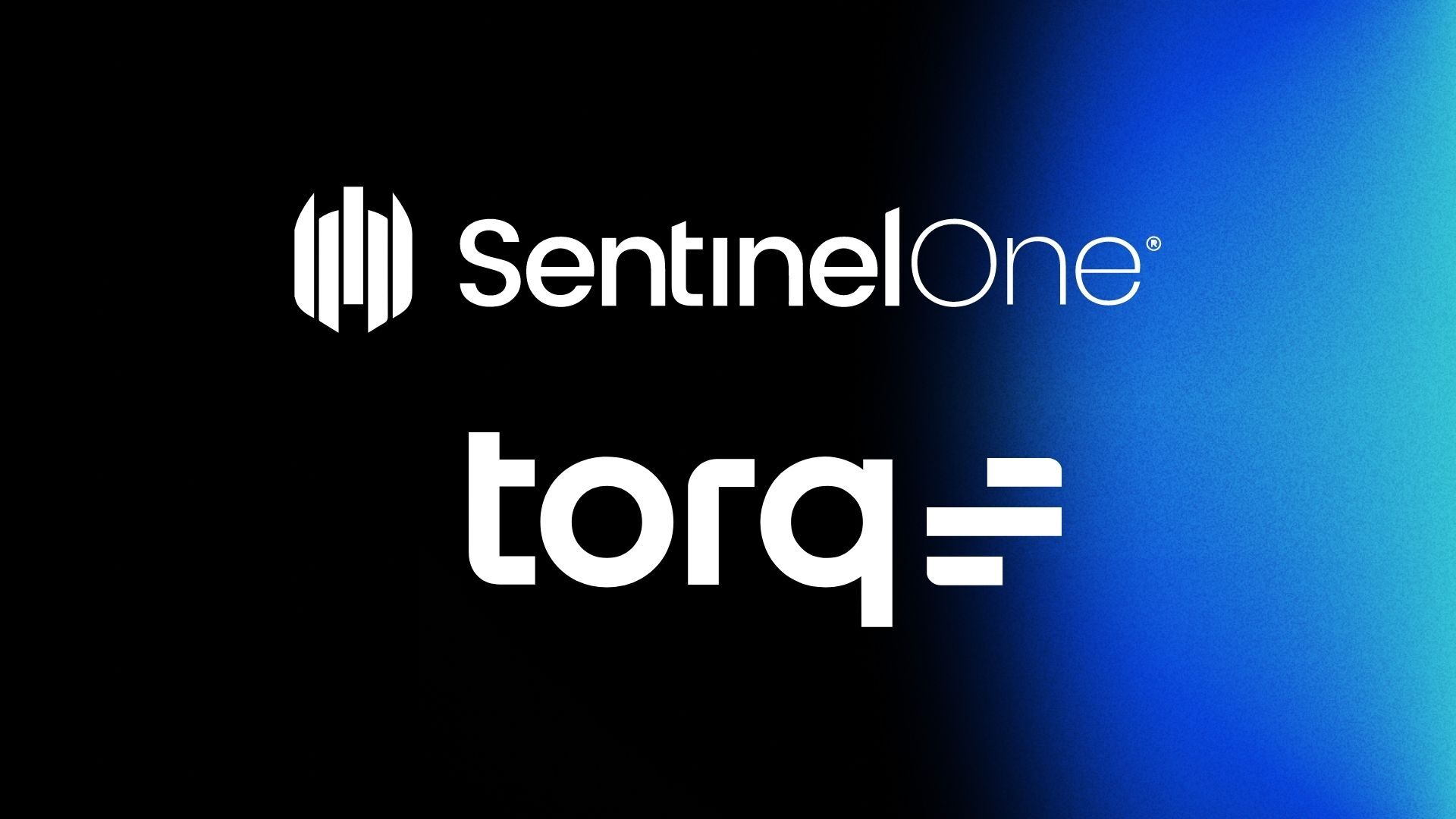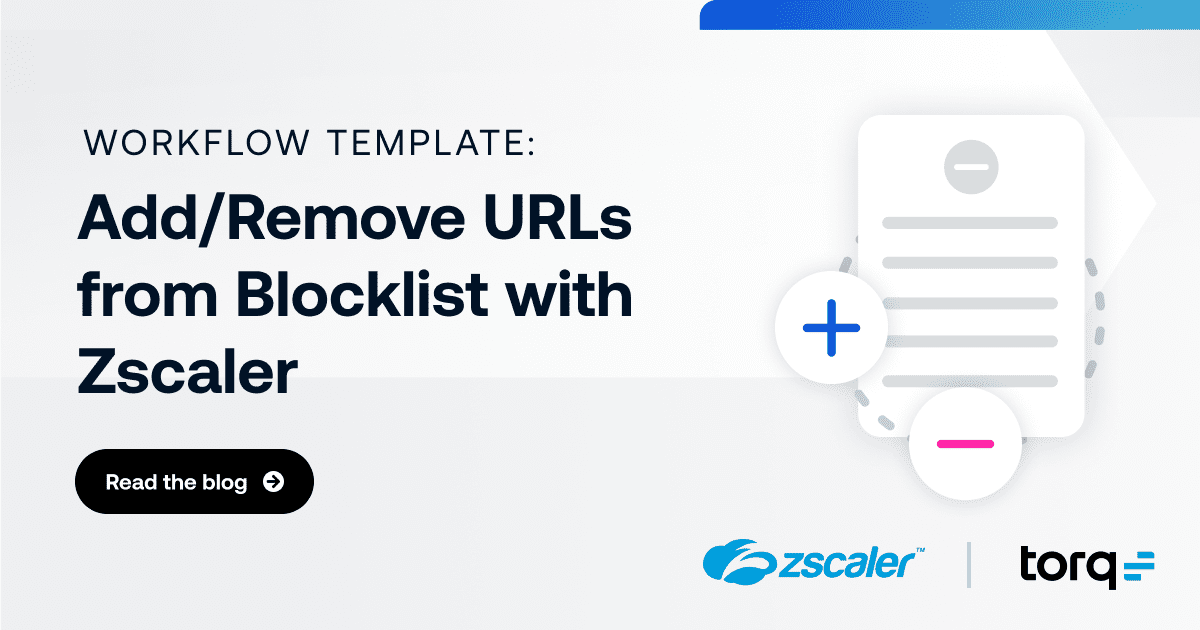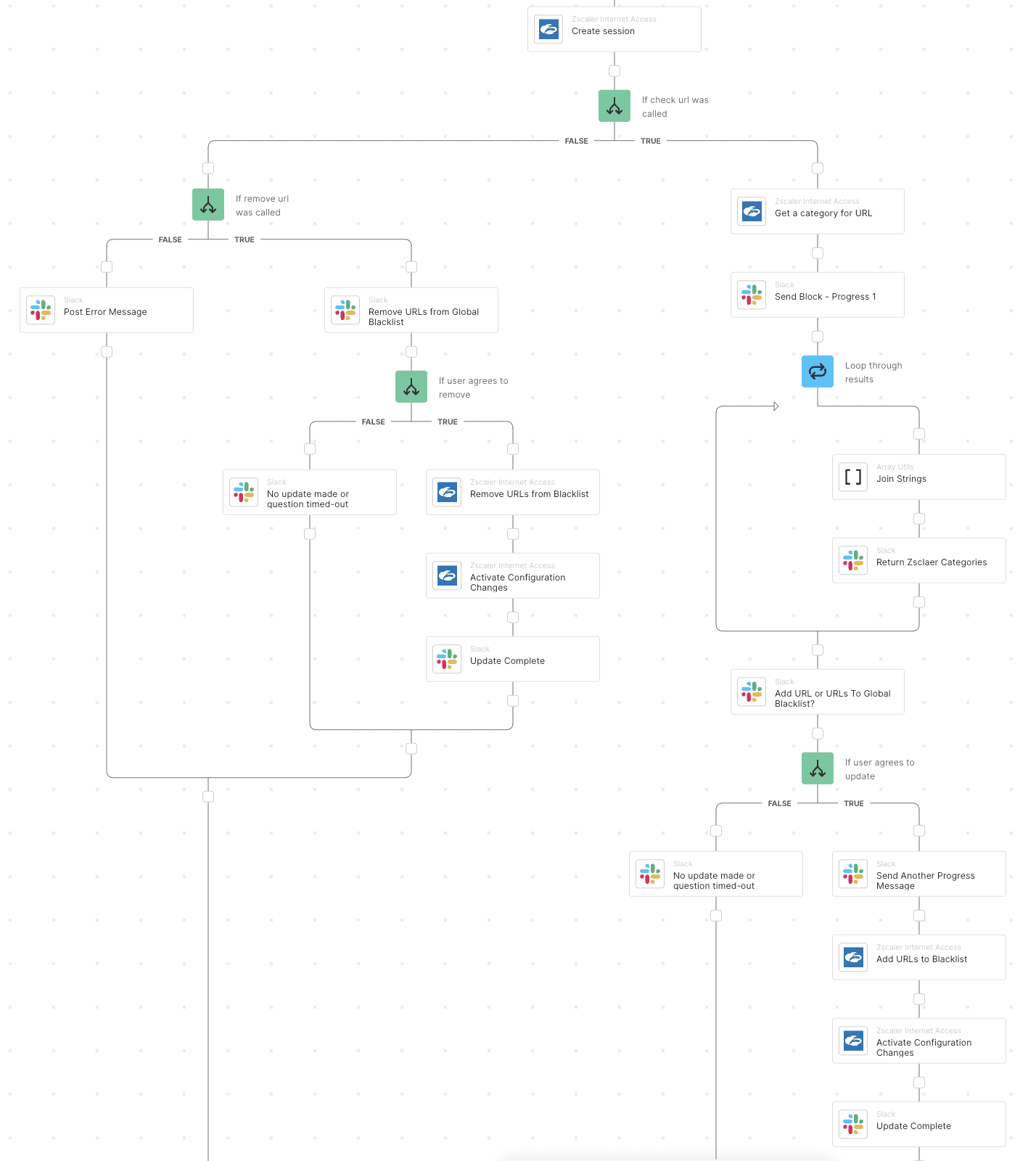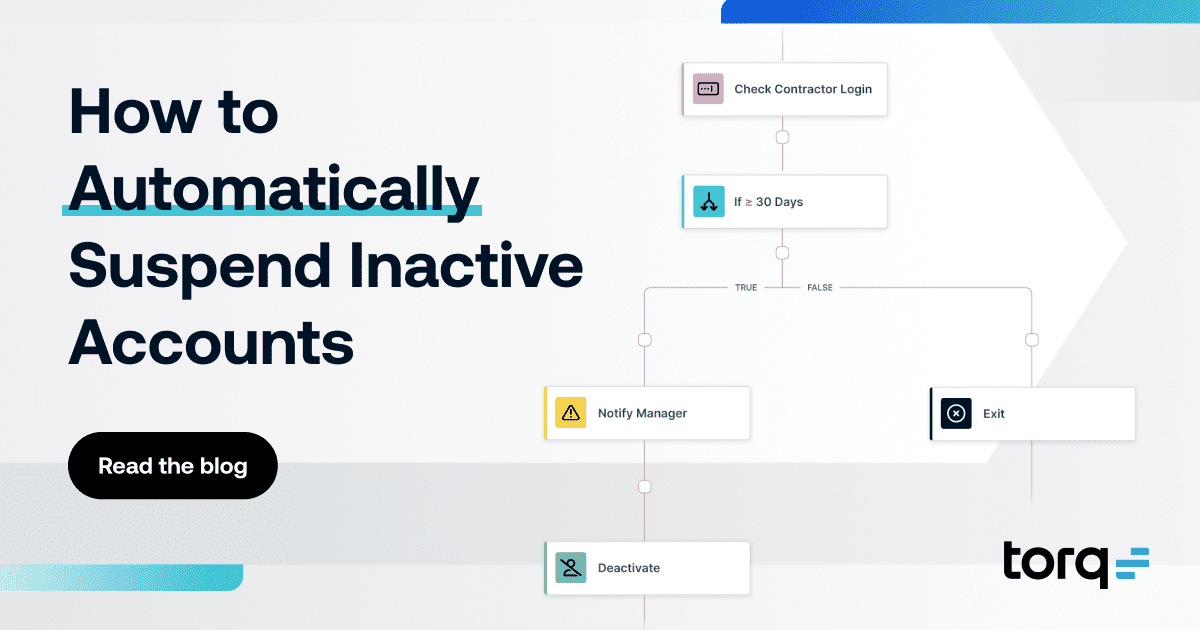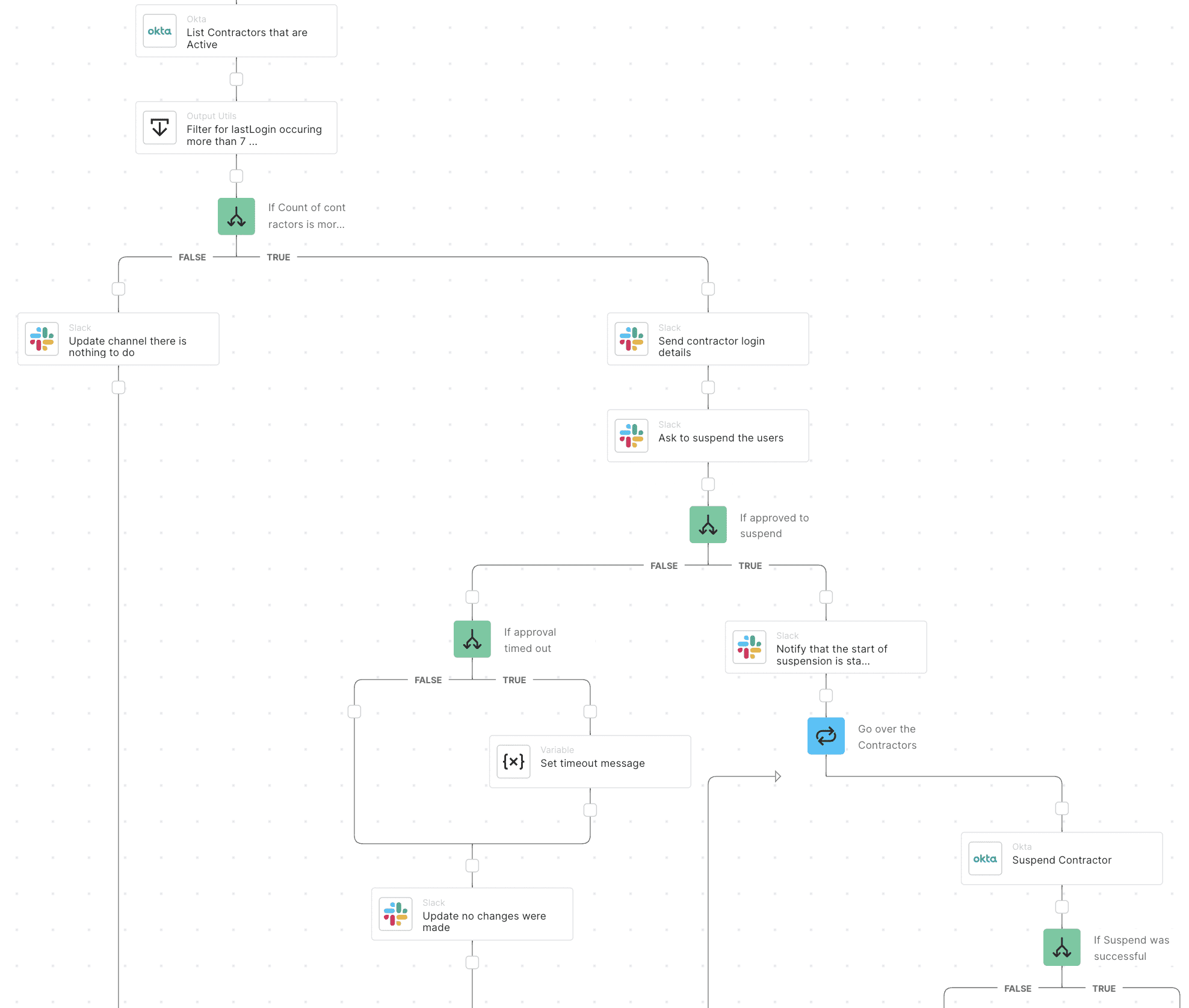Torq Also Announces Visionary Additions to Executive Team, 150% Headcount Growth, New EMEA and APAC Offices, and Expanded Partner Ecosystem.
PORTLAND, Ore.—Torq, the leader in no-code security automation, today announced 385% customer growth, a 360% revenue increase, and 150% headcount expansion across the last three quarters. The company has also appointed visionary new executive leaders with the addition of CFO Yaron Bartov, and Head of Security Aner Izraeli, as well as opened new offices in the UK, Spain, and Taiwan. In addition, Torq now has more than 100 technology integration partners, including Armis, Orca, SentinelOne, and Wiz.
Torq’s expansion underlines the rapidly-growing adoption of its platform that enables security teams from Fortune 100 companies to startups to create automated security workflows and streamline processes to respond to threats faster, and deliver best-in-breed cybersecurity defenses across their organizations.
“Torq’s dramatic growth trajectory is evidence of the significant market fit for our no-code security automation platform that empowers security teams of all sizes to implement and deploy the most robust cyberdefense postures at scale,” said Ofer Smadari, co-founder and CEO of Torq. “Torq’s easy no-code automation is enabling digital-first enterprises to overcome the cybersecurity challenges they face when shifting to the cloud by blocking the exponentially-increasing volume of threat incidents. Torq also relieves overworked security teams from dealing with time-consuming, manual, reactive processes, and false positives, so they can focus on high-value remediation and response.”
Torq’s latest additions to its executive team possess comprehensive cybersecurity experience from prestigious companies, further strengthening its ability to deliver the most positive customer and employee outcomes possible. New Torq CFO Yaron Bartov was previously the CFO for GuardiCore, and Vice-President of Finance and Operations at Wix.com. Aner Izraeli, Torq’s new Head of Security, previously served as Information Security Manager for Intezer, and helmed SIEM/SOC incident response at Outbrain.
Rapidly-Growing Customer Success and Traction
Customers that have deployed Torq have quickly ramped up their active workflows by 3.5X, which showcases the increasing usage and traction for its platform. Every customer is now ingesting and processing hundreds of thousands of daily cybersecurity events, using Torq to both shield them from impact, and ensure strict compliance with standards such as NIST and MITRE.
“Torq’s unique no-code security automation approach has fundamentally transformed and accelerated our security team’s ability to rapidly identify and remediate cybersecurity threats,” said Yaron Slutzky, Chief Security Officer of Agoda. “With Torq, Agoda has significantly advanced its cloud security posture, and brought a new level of rigor to security operations. Torq’s pre-built workflows enable us to easily deploy cybersecurity defenses at scale throughout our organization, mapping to countless different use cases, and protecting us across multiple conceivable incursion points.”
Expanding Partner Ecosystem
Torq’s no-code security automation platform is also driving extraordinary partner traction, with more than 100 technology partners now a part of its ever-expanding community. Torq technology partners play a critical role in driving adoption, integration, and visibility for Torq’s evolving offerings.
“Together, Torq and its partners help customers make the most of their cybersecurity investments by automating processes throughout the entire security stack and delivering best practice workflows for security operations across dozens of partner platforms,” said Eldad Livni, co-founder and Chief Innovation Officer of Torq. “We’re constantly developing and unveiling new security automation innovations at a rapid pace with complete partner integration to deliver unparalleled protection.”
“Through our partnership with Torq, we recently announced Armis Enterprise Workflow Automation (EWA), a new module for security automation and threat response workflows,” said Peter Doggart, Chief Strategy Officer of Armis. “Security teams now have a seamless and rapid experience to build event-triggered workflows, no matter how simple or complex the process, and no matter how many tools are involved.”
Last June, Torq also established the Torq Automation Alliance, a first-of-its-kind channel partner program. The alliance is designed to maximize the benefits partners deliver to customers by providing streamlined access to Torq’s platform, enablement, and marketing materials. Torq Automation Alliance members can also leverage Torq’s knowledge base and template library to address virtually any security process.
To learn more and get started with Torq, visit Torq.io.
About Torq
Torq is a no-code automation platform for security teams. Torq allows any security professional to connect to any system, anywhere, and easily create automated workflows that streamline security processes. Fortune 100 enterprises and cutting edge startups alike trust Torq to help them maximize their cybersecurity investments, respond to threats faster, and deliver protection at the speed of business.
Media Contact:
MikeWorldWide (MWW) for Torq
Krista Couch
[email protected]

